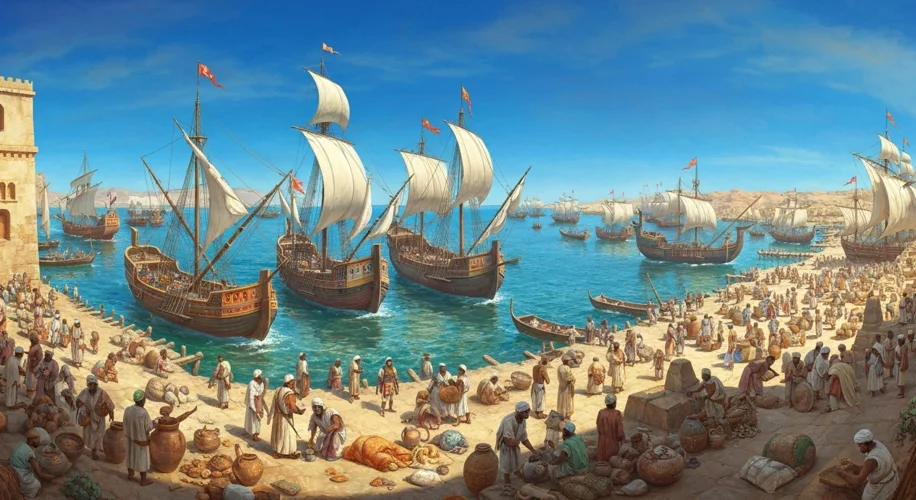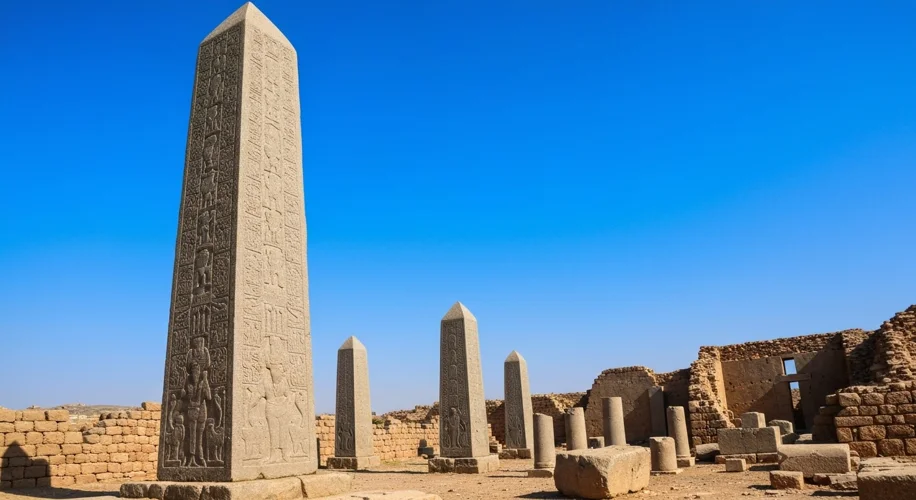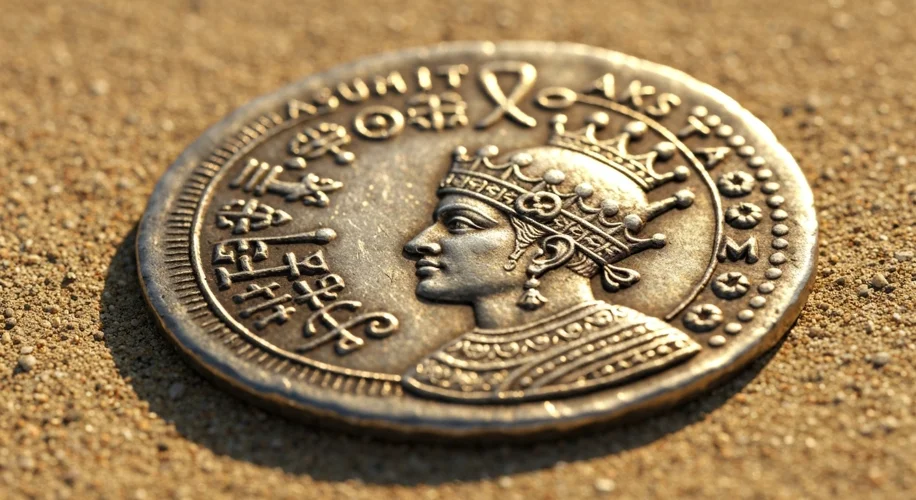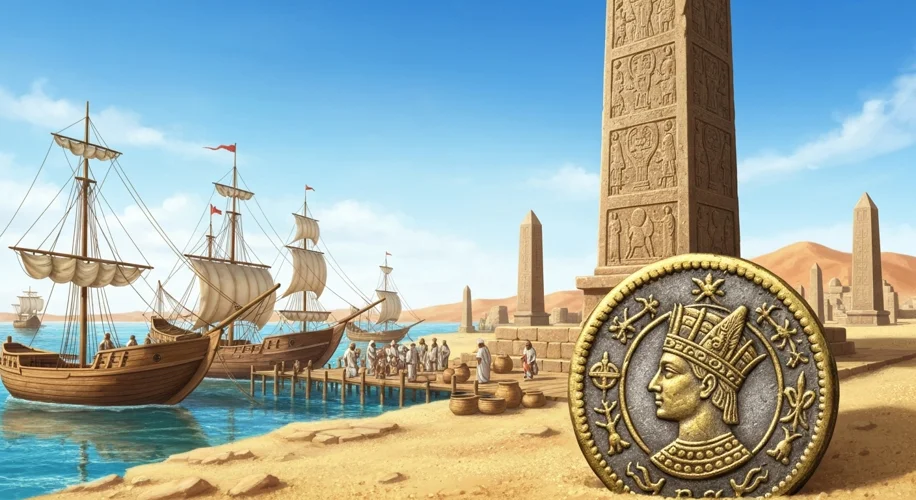The Red Sea shimmered under a relentless sun, a glittering highway connecting distant lands. Along its shores, where present-day Eritrea and northern Ethiopia meet, a civilization rose from the arid plains, a kingdom of immense power and sophisticated culture: Aksum. From its origins around the 1st century CE, Aksum would flourish for centuries, its influence stretching far beyond its geographical borders, a veritable powerhouse of trade, religion, and monumental architecture. Yet, like a desert mirage, its glory eventually faded, leaving behind enigmatic ruins and a lingering question: what happened to this once-mighty empire?
To understand Aksum, we must first picture its world. This was a time of great empires – Rome in the West, the Sasanian Empire in Persia, and the burgeoning kingdoms of India. Aksum, however, was no mere bystander. It carved its own niche, strategically positioned at the crossroads of major trade routes. Its lifeblood flowed from the rich resources of the interior – gold, ivory, emeralds, spices – traded for luxury goods from across the seas: silks from China, glassware from Rome, wine from the Mediterranean.
The Aksumites were master merchants and sailors. Their ports, like Adulis, teemed with activity, a vibrant melting pot of languages and cultures. Imagine the bustling docks: the rhythmic creak of ships, the guttural calls of merchants, the exotic scent of spices mingling with the salty sea air. The Aksumites were not just traders; they were innovators. They minted their own gold, silver, and bronze coins, a clear sign of their economic prowess and their desire to project power and legitimacy on the international stage. These coins, bearing images of their kings and symbols of their faith, are some of the earliest examples of African coinage.

At the heart of this burgeoning kingdom stood its rulers. Kings like Ezana, who reigned in the 4th century CE, were instrumental in Aksum’s golden age. Ezana was a transformative figure. He embraced Christianity, making Aksum one of the first states in the world to do so, an event that would forever intertwine the kingdom’s destiny with that of the faith. Under his rule, monumental inscriptions, like the famous Ge’ez inscriptions on the Ezana Stone, proclaimed his victories and his devotion, echoing the grand declarations of Roman emperors.
But Aksum’s legacy is perhaps most visibly etched in stone – the magnificent obelisks. These colossal granite monoliths, some standing over 20 meters tall, were not just markers of the dead; they were powerful statements of royal authority and cosmic connection. Carved from single pieces of stone, transported for miles, and erected with astonishing precision, they stand as silent witnesses to Aksum’s engineering genius and spiritual beliefs. The Great Stele of Aksum, the largest obelisk, remains an awe-inspiring testament to their capabilities, even lying broken today.

For centuries, Aksum’s star shone brightly. Its influence extended from the Arabian Peninsula to the Nile Valley. It was a key player in the global arena, a kingdom that commanded respect and admiration. Yet, by the 7th century CE, a slow, insidious decline began. The reasons are complex and debated by historians. The rise of Islam and its subsequent expansion altered the trade routes that Aksum had so expertly navigated. The growing power of Persian and Arab empires in the region shifted the economic and political landscape.
Furthermore, environmental factors likely played a role. Centuries of intensive agriculture and potentially a change in climate could have degraded the land, impacting food production and trade. The kingdom’s reliance on trade, once its greatest strength, may have become its vulnerability as new powers rose to control maritime routes. Gradually, Aksum’s dominance waned. Its cities fell silent, its obelisks stood as lonely sentinels, and the vibrant pulse of its empire faded, eventually disappearing from the historical record as a major power.
What remains is a profound sense of mystery. Aksum did not vanish without a trace; it left behind the echoes of its greatness. The magnificent ruins, the inscribed stones, the unique script of Ge’ez – these are the whispers of a lost empire. Studying Aksum is not just about unearthing ancient stones; it’s about understanding the dynamism and sophistication of early African civilizations, their deep connections to the wider world, and the enduring power of human ambition, faith, and ingenuity that sculpted a kingdom from the very earth itself.


